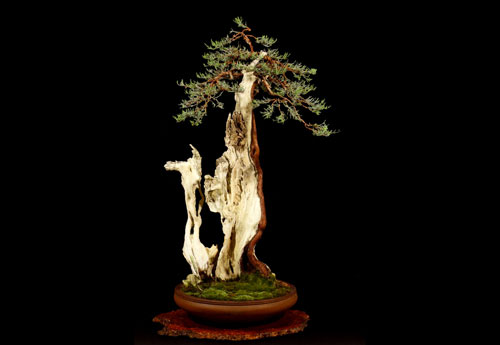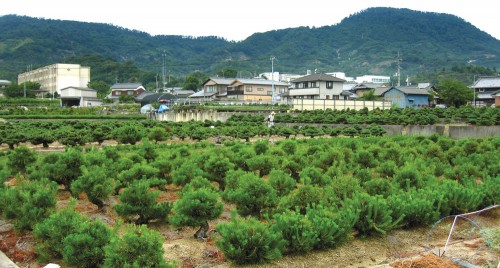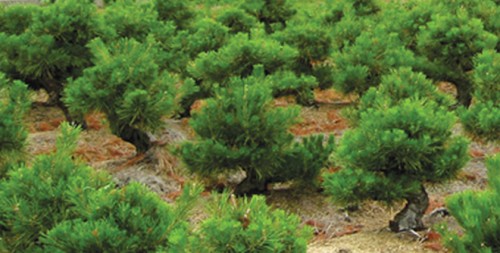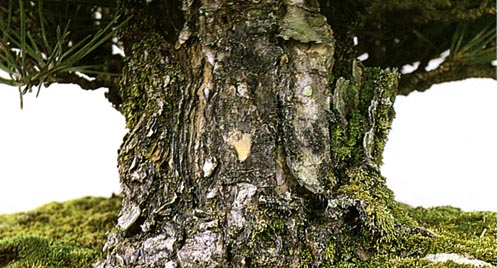
An old Sierra Juniper (Juniperus occidentalis) by John Romano. Height 42″.
In the next few months, Bill Valavanis’ 1st US National Bonsai Exhibition Commemorative Album will be back from the printer and ready for your enjoyment. Meanwhile, there is another very noteworthy book that features some great home grown American (and Canadian) bonsai. It’s the American Bonsai Society‘s North American Bonsai (compiled and edited by Martin Schmalenberg).
When I first saw it, I was impressed with some of the trees but not completely taken by the collection as a whole. I think my bias towards Japanese bonsai clouded my vision. True, many of the trees would never make the cut into most Japanese exhibitions, but maybe that’s not the point. Though we can still learn from the Japanese masters, we don’t need to continually compare our trees with the Japanese, in fact, we do ourselves a disservice when we do.


